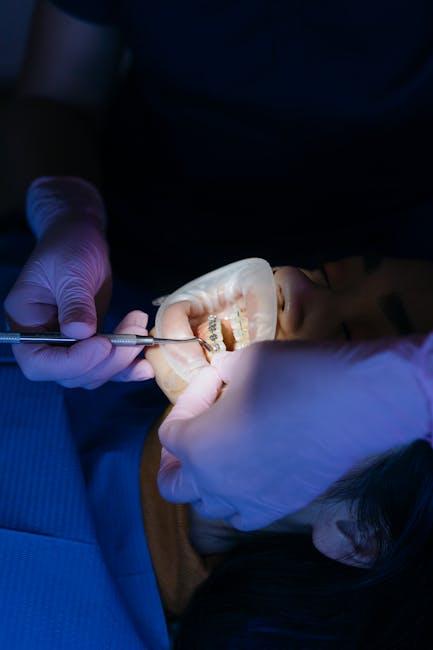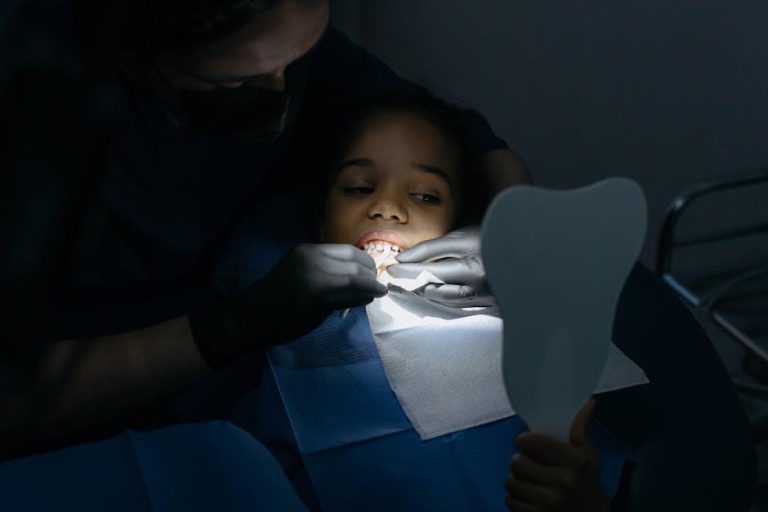
School-based Cavity Treatments Help Stop Tooth Decay in Children
Tooth decay remains one of the most common chronic diseases affecting children worldwide. Fortunately, recent advances in school-based cavity treatments show promising results in controlling and preventing dental caries among youngsters. In this comprehensive article, we explore the significance of school-based dental programs, their benefits in halting tooth decay, and practical tips for parents and educators to support children’s oral health effectively.
Understanding the Impact of Tooth Decay in Children
Dental cavities, or caries, develop when tooth enamel breaks down due to acids produced by bacteria feeding on sugars in the mouth. Untreated cavities can cause pain, infection, and even impact a child’s eating and speaking abilities. According to the World Health Organization (WHO), tooth decay affects nearly 60-90% of school-aged children globally, highlighting the urgent need for accessible prevention and treatment strategies.
What Are School-based Cavity Treatments?
School-based cavity treatments are preventive and restorative dental services provided within schools, making it easier for children to access oral healthcare without the barriers related to transportation, cost, or parental availability. These programs usually involve routine dental screenings, topical fluoride applications, sealant placements, and minimally invasive cavity fillings delivered by trained dental professionals.
Key Components of School-based Cavity Treatments
- Dental Screenings: Early identification of cavities and dental issues.
- Fluoride Varnish Applications: Strengthens tooth enamel and prevents decay.
- Dental Sealants: Protective coatings applied to chewing surfaces of molars.
- Mini Restorations: Early-stage cavity fillings to stop progression.
- Oral Health Education: Teaching children and staff about hygiene and diet.
Benefits of School-based Cavity Treatments
Implementing dental care directly at schools offers several advantages, especially for children from underserved communities. Here are some compelling benefits:
- Increased Access: Removes barriers such as transportation and appointment availability.
- Early Intervention: Timely treatment prevents cavities from worsening and lowers future dental costs.
- Convenience: Reduces the need for parents to take time off work for dental visits.
- Improved Oral Health Outcomes: Decreased rates of tooth decay and related complications.
- Educational Impact: Healthier children tend to have better school attendance and concentration.
Case Studies: Real-world Success of School-based Programs
Numerous studies demonstrate the positive impact of school-based cavity treatments on children’s dental health. Below is a summary of selected case studies:
| Study Location | Intervention | Outcome |
|---|---|---|
| California, USA | Fluoride varnish + sealants in elementary schools | 40% reduction in new cavities over 2 years |
| Queensland, Australia | School dental screening + restorative treatments | Significantly fewer children required hospital dental surgeries |
| Lagos, Nigeria | Comprehensive dental check-ups + oral health education | Improved brushing habits and decreased decay incidence |
Practical Tips for Supporting School-based Dental Programs
Parents, educators, and community leaders can play an active role in maximizing the success of school cavity treatments:
- Encourage Participation: Support school dental days by allowing children to attend screenings and treatments.
- Promote Good Oral Hygiene: Reinforce daily brushing with fluoride toothpaste at home.
- Limit Sugary Snacks and Drinks: Advocate for healthy eating habits that reduce cavity risk.
- Communicate with Dental Teams: Stay informed about your child’s oral health status and treatment plans.
- Support Funding Initiatives: Help raise awareness and funds for expanding school-based dental programs.
First-Hand Experience: A Parent’s Perspective
“When our local school started providing cavity treatments on-site, it made a huge difference. My child, who used to be anxious about dentist visits, now looks forward to the fun and educational sessions. The treatments have kept their teeth healthy, and I don’t worry about missing work to schedule appointments anymore.” — Sarah T., Parent
Conclusion
School-based cavity treatments are revolutionizing pediatric dental care by making preventive and restorative services more accessible and convenient for children. These programs not only help stop tooth decay early but also promote lifelong oral health habits, reduce healthcare disparities, and improve children’s quality of life and academic performance. Encouraging and supporting such initiatives is crucial for parents, educators, and healthcare professionals aiming to combat childhood tooth decay effectively.
Take action today: Advocate for school-based dental programs in your community and help protect the smiles of the future!


